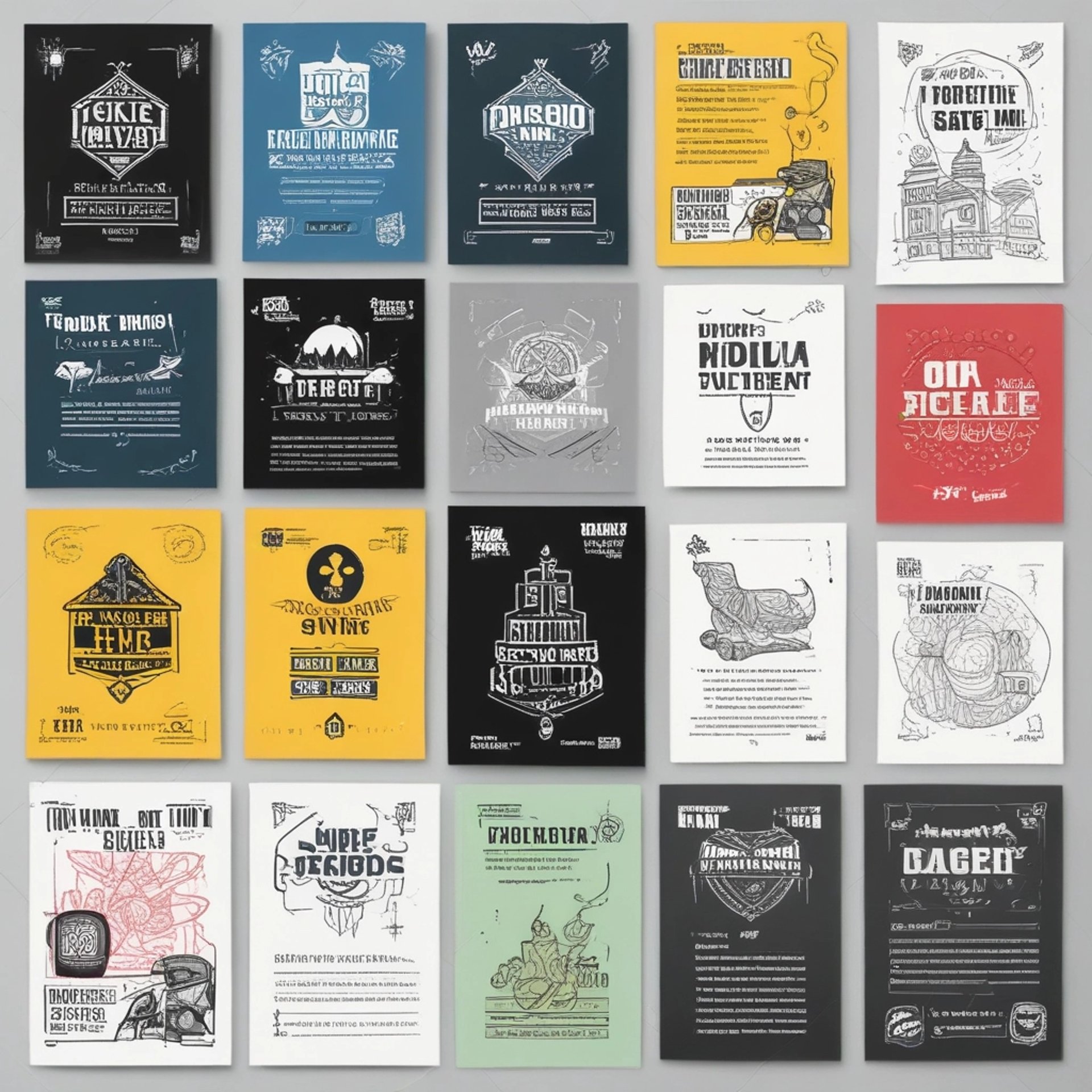
Welcome to Rojaq.com
We create fun and stylish digital templates for parties and events. From retro night flyers to 90’s party designs and karaoke flyers, our templates are easy to use and customize.
Our goal is to make it simple for you to create amazing events with great-looking designs.
Thanks for visiting — we’re excited to help you bring your party ideas to life!
Rojaq's Canva templates transformed my design process! Easy to customize and perfect for my business needs. Highly recommend for anyone looking to create stunning visuals quickly.
Sarah J.

★★★★★
Rojaq.com
Welcome to Rojaq.com!
We create fun and stylish digital templates for parties and events. From retro night flyers to 90’s party designs and karaoke flyers, our templates are easy to use and customize.
Our goal is to make it simple for you to create amazing events with great-looking designs.
Thanks for visiting — we’re excited to help you bring your party ideas to life!
© 2025. All rights reserved.
